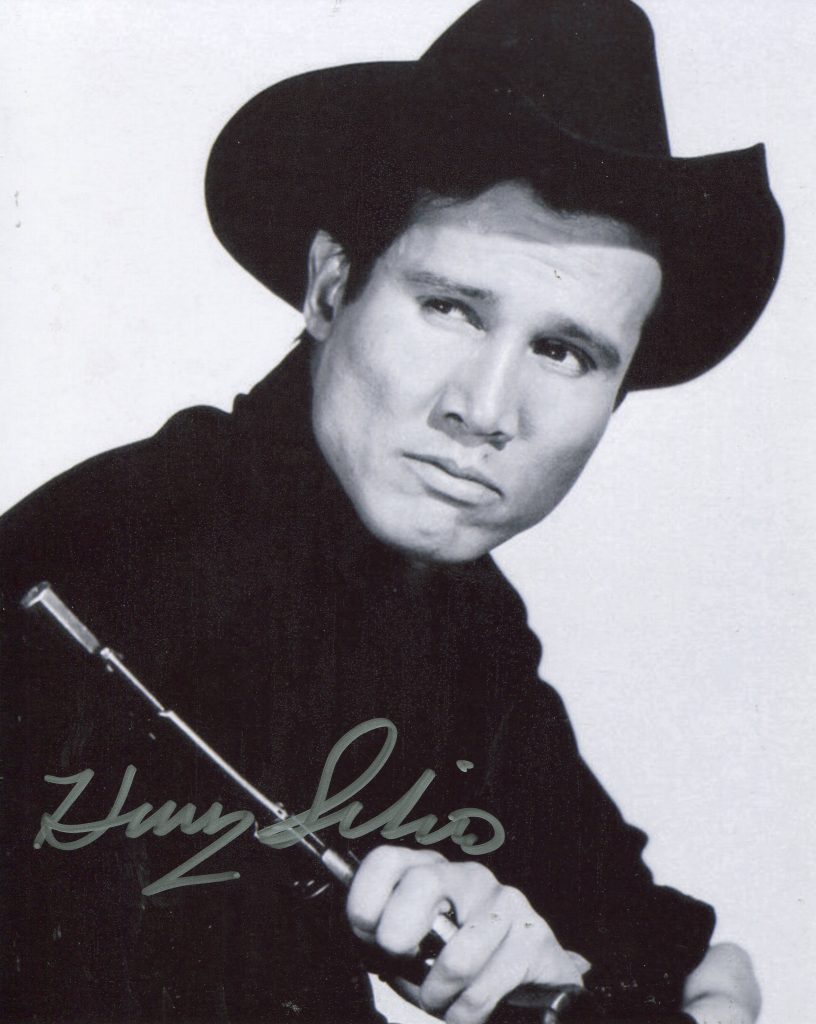
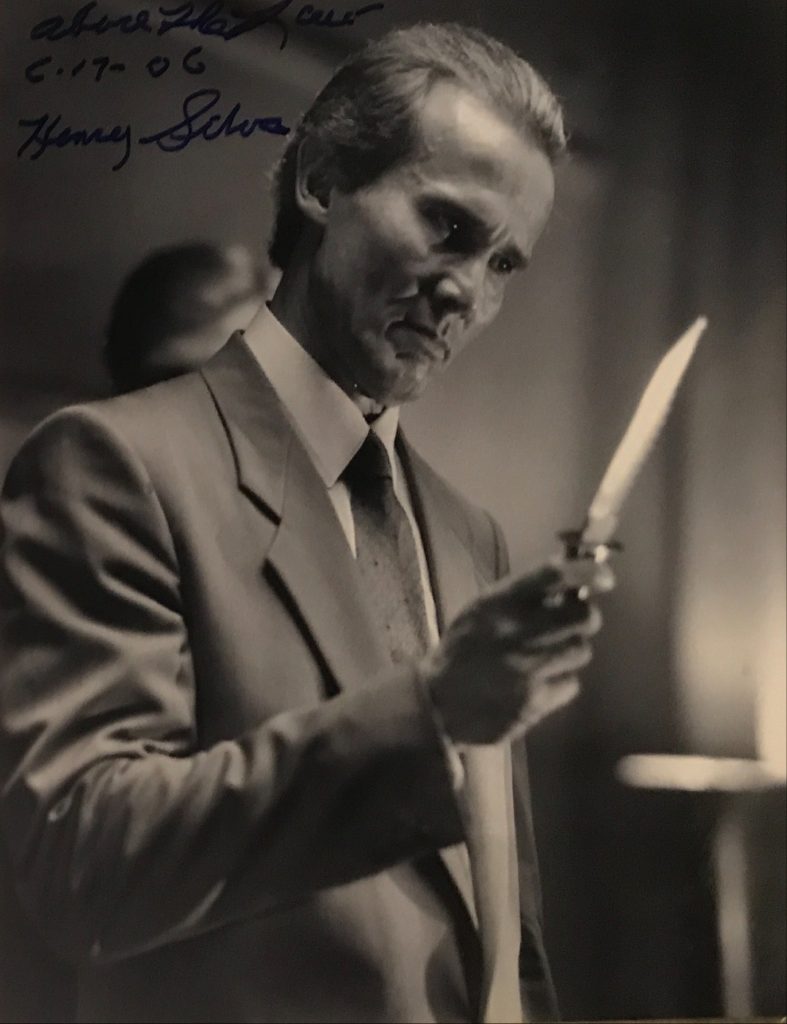
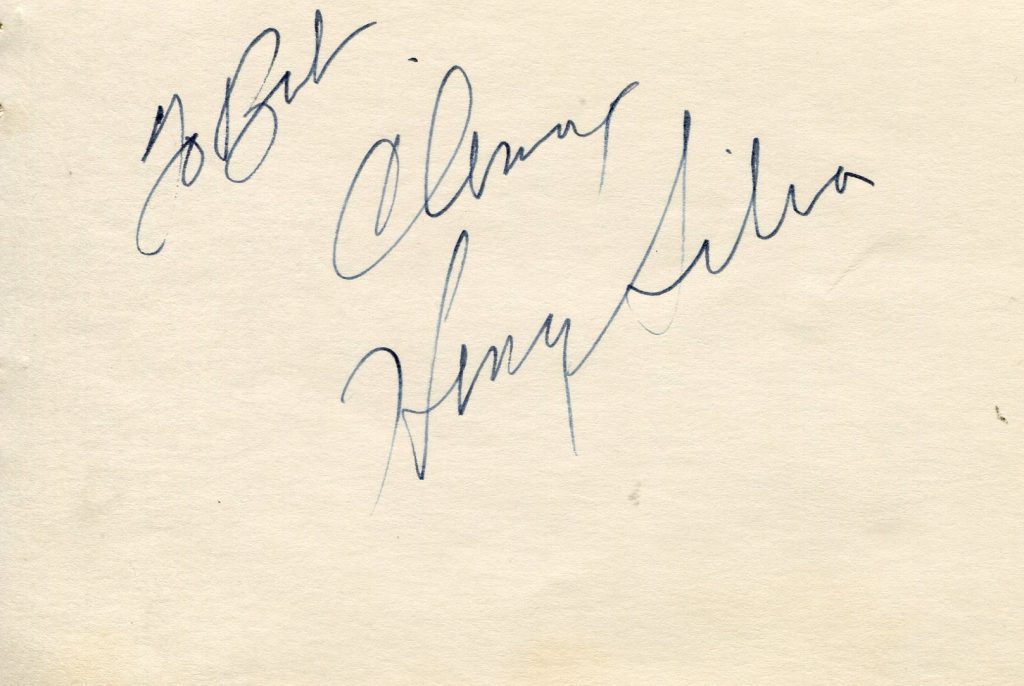
IMDB entry:
Henry Silva was born on September 15, 1928 in Brooklyn, New York City. He quit public school to attend drama classes at age 13, supporting himself as a dishwasher in a Manhattan hotel. By 1955, Silva had moved up from dishwasher to waiter, and felt ready to audition for the Actors Studio. He was one of five students chosen out of more than 2500 applicants. When the Actors Studio staged Michael V. Gazzo‘s play “A Hatful of Rain” as a classroom project, it proved so successful it came to Broadway–with studentsBen Gazzara, Shelley Winters, Harry Guardino, Anthony Franciosa and, of course, Silva in key roles. Called to Hollywood, he played a succession of heavies in films, including The Bravados (1958), Green Mansions (1959), Ocean’s 11 (1960), The Manchurian Candidate(1962) and Johnny Cool (1963).
An Italian producer made Henry an offer he could not refuse–to star as a hero for a change–and he moved his family overseas. Silva’s turning-point picture was a spaghetti western, The Hills Run Red (1966), which made him a hot box office commodity in Spain, Italy, Germany and France. His popularity was enhanced by a gift for languages. He speaks Italian and Spanish fluently and has a flair for the kind of gritty, realistic roles that also catapulted Charles Bronson to European stardom. Returning to the United States, he co-starred with Frank Sinatra in the film Contract on Cherry Street (1977), then signed on as Buck Rogers’ evil adversary Kane in Buck Rogers in the 25th Century(1979) and the television series of the same name. Silva now calls the San Fernando Valley home, but makes continual film forays back to Europe’s production centers. A dedicated jogger, he puts in five miles a day “to keep in shape and relieve tension”.
– IMDb Mini Biography By: A. Nonymous
New York Times obituary in 2022:
Henry Silva, Actor Who Specialized in Menace, Dies at 95
He was forever cast as a thug, a hit man or some other nefarious character. But he took pride in his ability to play each bad guy differently.
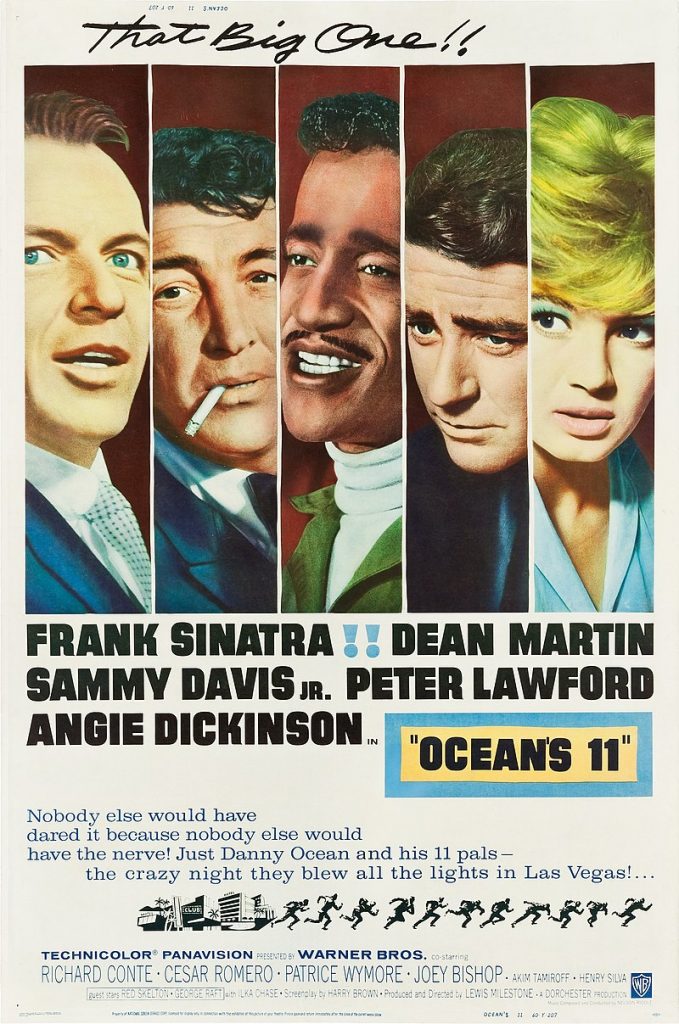
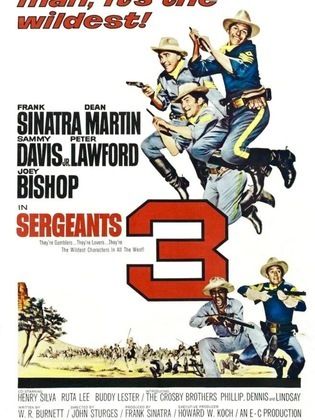

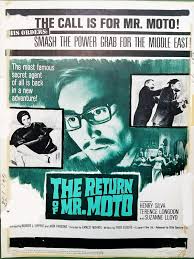
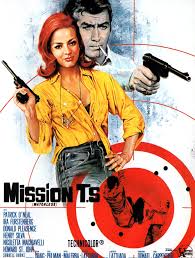
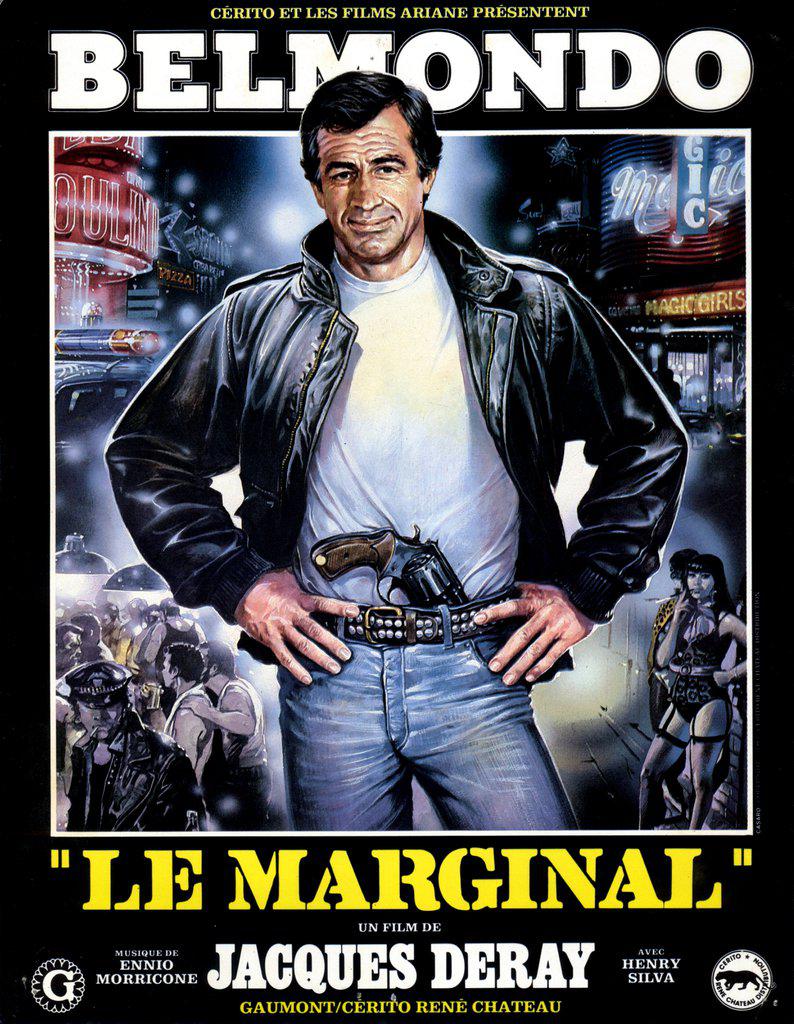
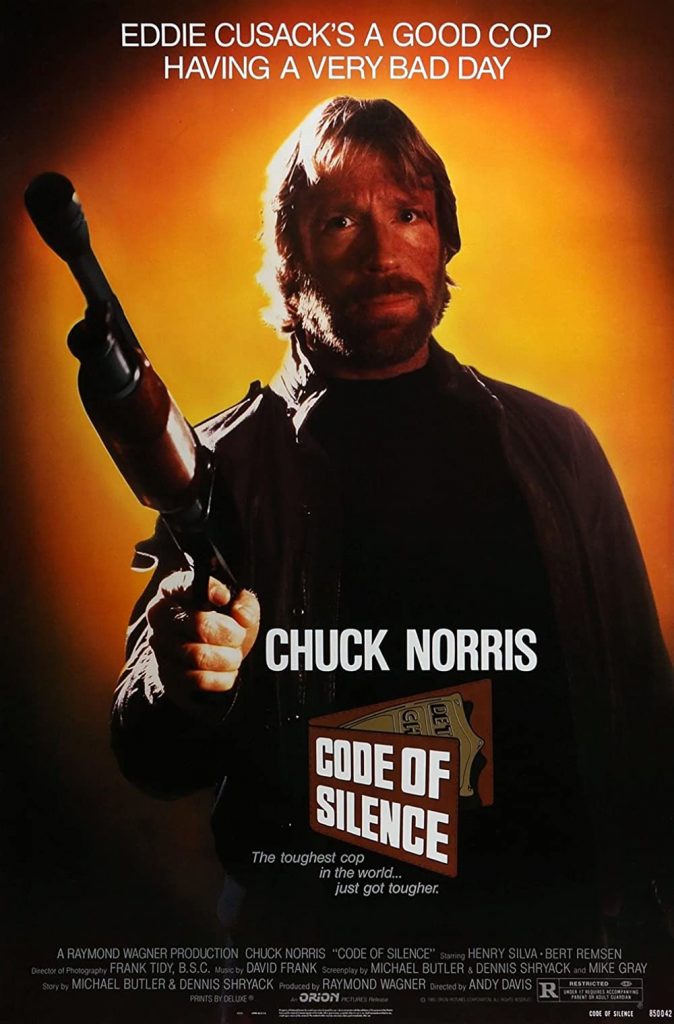
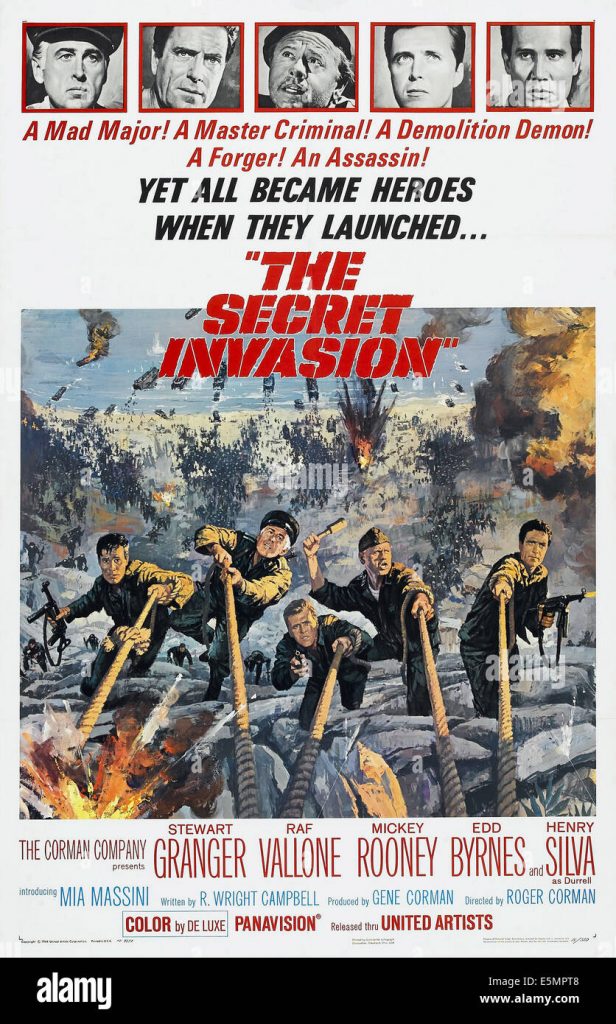
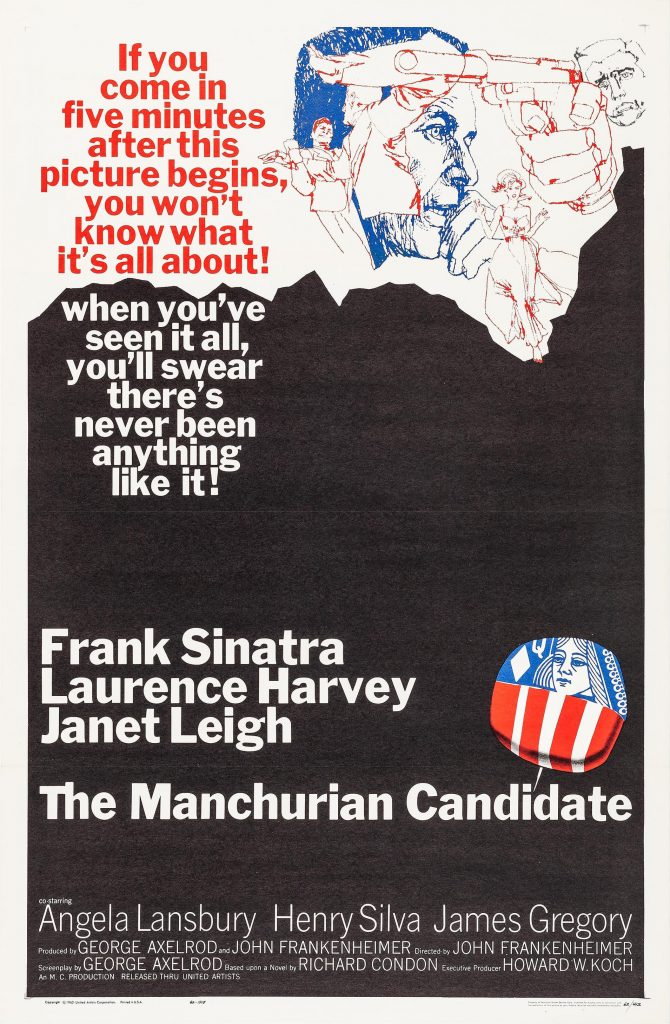
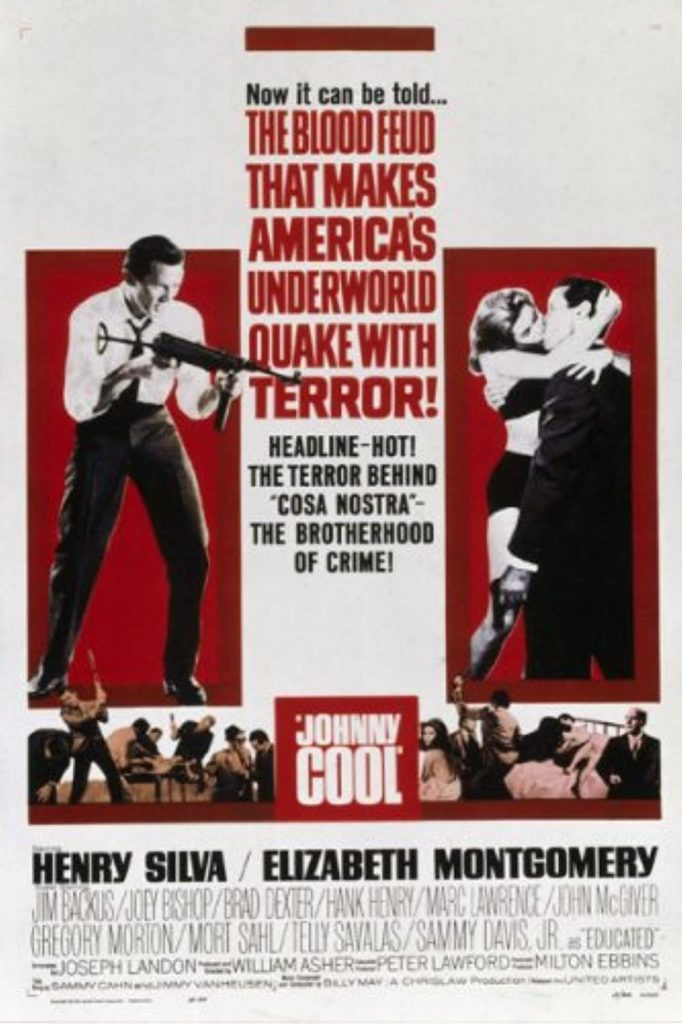
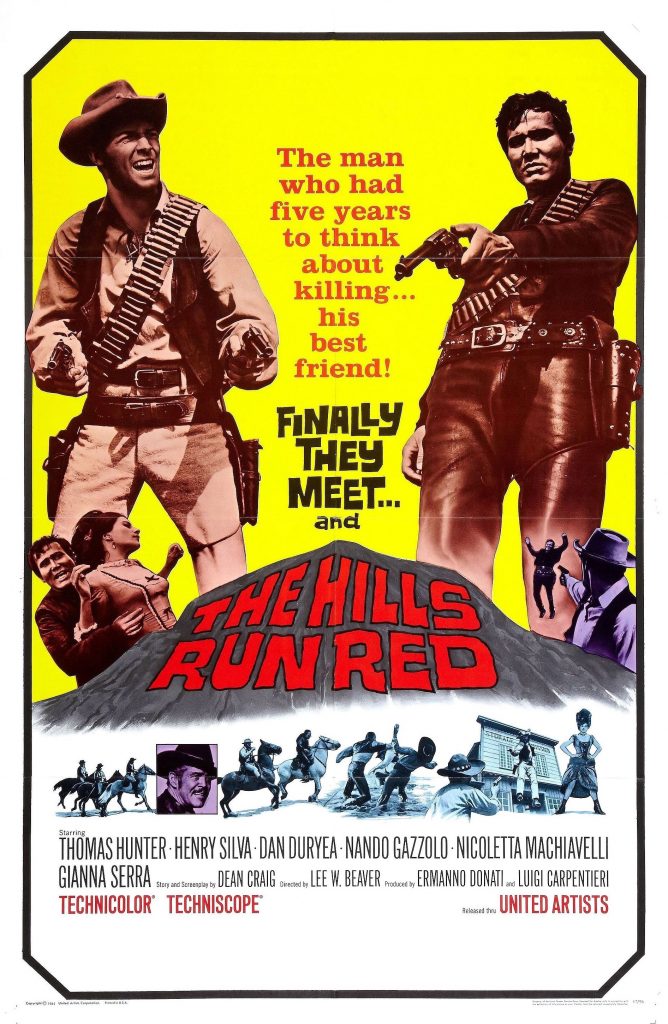
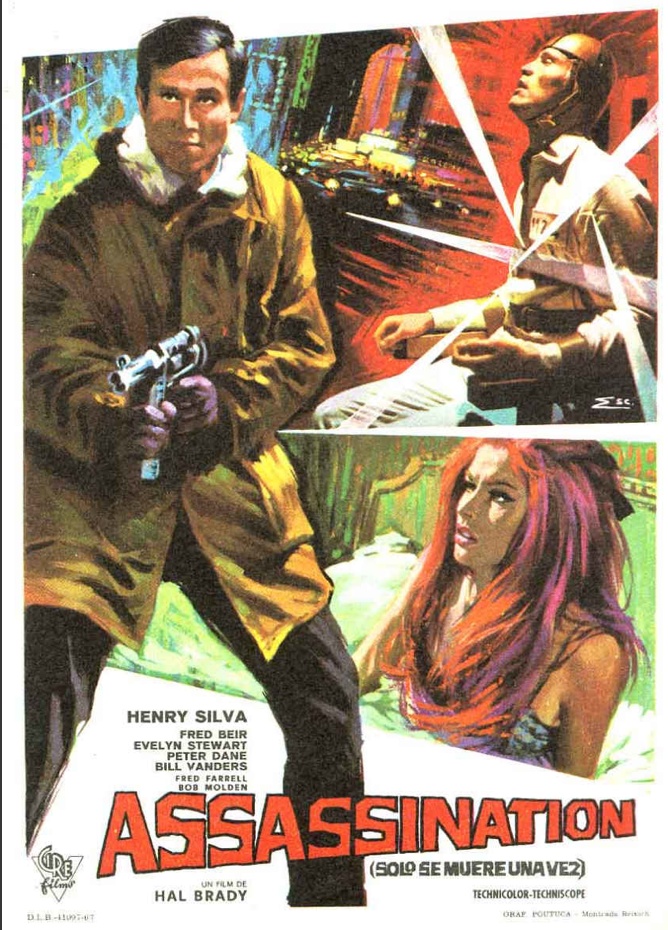
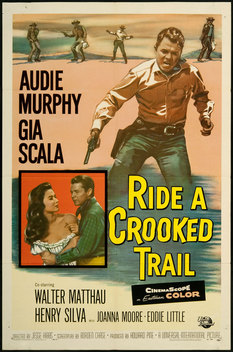
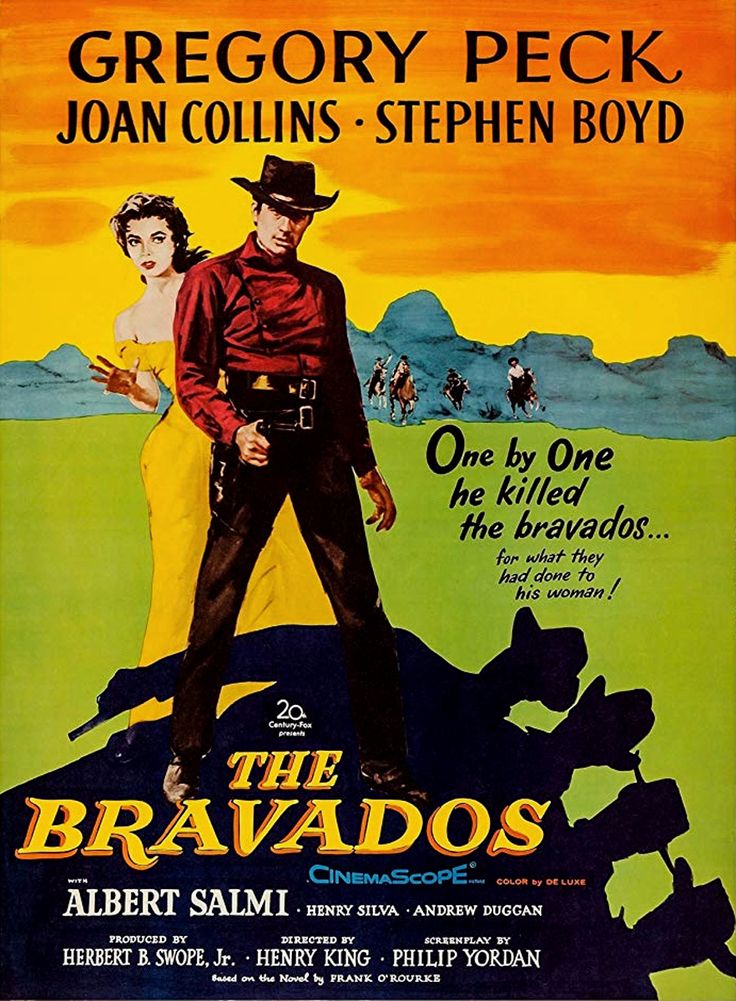
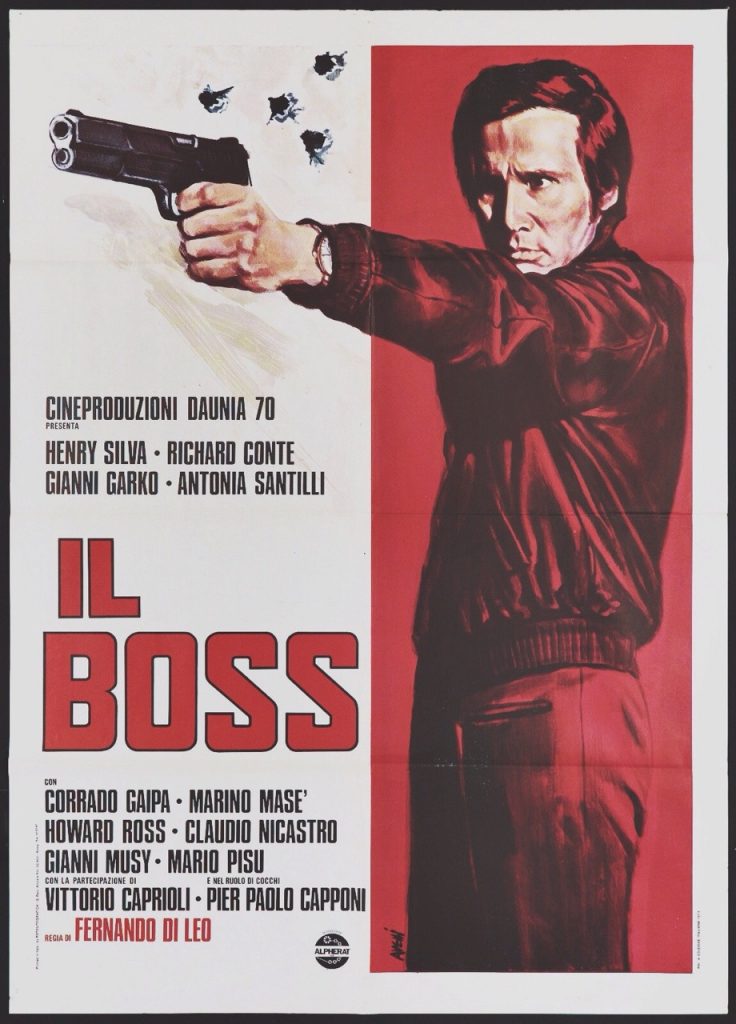
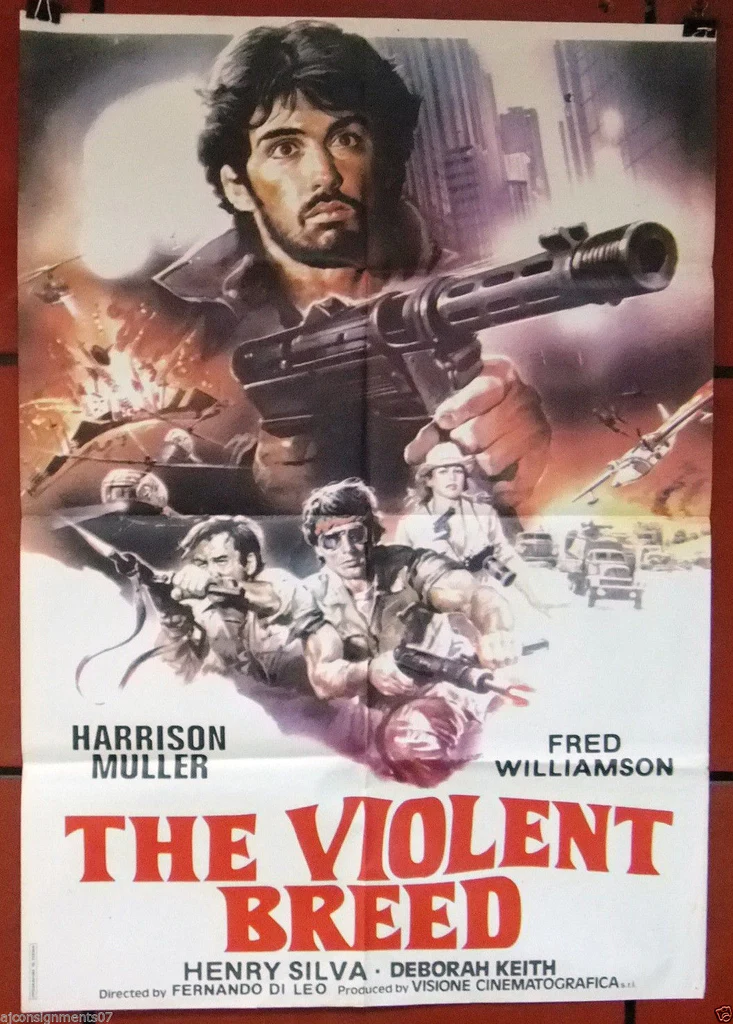
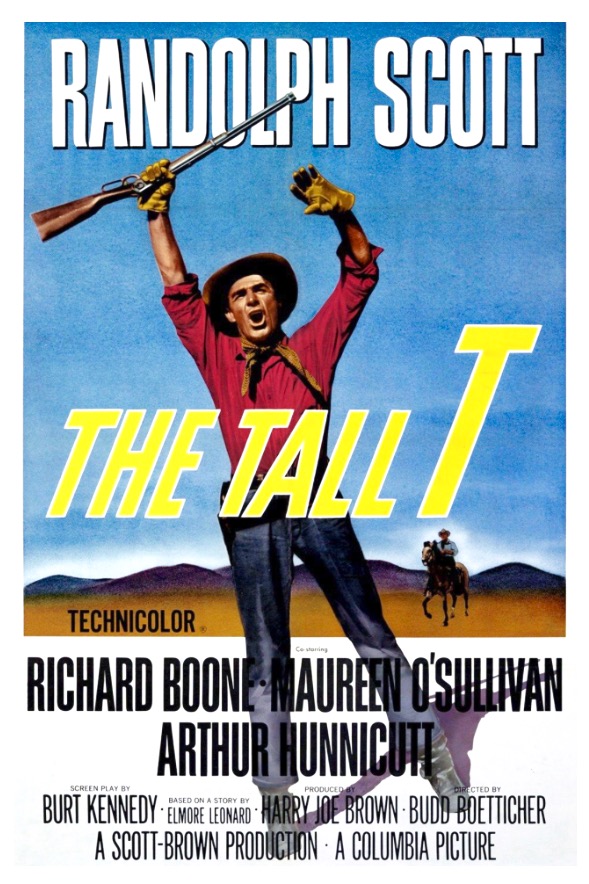

Sept. 16, 2022
Henry Silva, who for decades was high on the call list of any Hollywood casting director in search of a particularly menacing villain, died on Wednesday in Woodland Hills, Calif. He was 95.
His son Scott Silva confirmed the death, at the Motion Picture and Television Country House and Hospital.
Mr. Silva appeared in more than 130 movies and television shows, scowling through many of them as a thug, a hit man or some other nefarious character. He was an assassin sent by a mob boss to wreak vengeance in “Johnny Cool” in 1963. He was a drug addict with a tendency to shoot people in the 1981 Burt Reynolds movie “Sharky’s Machine.” He was a corrupt C.I.A. operative in “Above the Law,” a 1988 film starring Steven Seagal.
He was even reprehensible as a cartoon: He voiced the supervillain Bane in animated TV shows involving both Batman and Superman.
Yet Mr. Silva was a serious actor, with training at the Actors Studio in New York and appearances on Broadway and in well-regarded movies like “The Manchurian Candidate” (1962). He prided himself on not letting the typecasting make him lazy.
“I see a lot of actors who play heavies, but they always play the same heavies,” he told The Chicago Tribune in 2000. “I have a seven-minute reel of clips from my movies, and none of the guys are the same. I don’t always go to the same place, because that would be boring.”
Henry Silva was born on Sept. 23, 1926 (not, as most sources have it, in 1928), in Brooklyn. He grew up in Spanish Harlem, raised by his mother, Angelina Martinez, after his father, Jesus Silva, left when Henry was young.
“It was the kind of place,” he told Knight Ridder in 1985, “where if you lived on one block and you wanted to go a few blocks away, you had to take a couple of guys with you, or else you would get your ass kicked. I mean, that’s the only way to put it; I can’t say that you would get ‘beat up.’”
“So you were always tense, and you were always on guard,” he continued. “You were never relaxed.” He said he often tapped into those memories when playing characters who were full of jittery, bottled-up anger.
By the time he was 8 he had determined that he wanted to be an actor; he said that the Andy Hardy movies of Mickey Rooney, with their idyllic small-town life so different from his own, were an inspiration of sorts. He left school at 13 and worked odd jobs. Years later, he would sometimes be complimented by real gangsters.
“They say, ‘My God, where did you learn how to play us?’” Mr. Silva told The Chicago Sun-Times in 2000. “I say, ‘I lived with “us.” I grew up with “us” in New York.’ I used to know the guys who used to run the whole areas, the prostitution rings. I used to shine their shoes.”
His mother hoped he would become a postal carrier, but instead he tried the acting life. He occasionally landed a bit part, including one on Broadway in the Tennessee Williams flop “Camino Real,” which ran for two months in 1953.
In 1955 Mr. Silva was one of hundreds who auditioned for the Actors Studio, then being run by Lee Strasberg. He was one of five selected for membership.
He was soon part of the cast when the group staged “A Hatful of Rain,” Michael V. Gazzo’s play about a morphine addict named Johnny Pope (played by Ben Gazzara). The play was picked up for a Broadway run and opened in November of that year with a cast that also included Shelley Winters and Anthony Franciosa.
Mr. Silva earned good notices for his portrayal in the production of, yes, a bad guy: a drug pusher known as Mother. He reprised the role in the 1957 film version.
“A Hatful of Rain” would be Mr. Silva’s last Broadway appearance, but television and film offers were beginning to pile up. In the late 1950s he appeared on TV series like “Suspicion” and “Alfred Hitchcock Presents” and in movies, including “The Tall T” (1957), with Randolph Scott, and “The Law and Jake Wade” (1958), with Robert Taylor.
The roles were big enough to catch the attention of one particularly influential person.
“One day, many years ago,” he recalled in 2000, “I was driving down Sunset Boulevard in the first car I ever owned, a Chevy convertible. I pulled up at a stoplight and heard someone say, ‘Henry, I like you in movies.’”
It was Frank Sinatra, who invited Mr. Silva to visit him on the set of “Some Came Running.” When Mr. Silva showed up, Sinatra recruited him to be in a film with him — the original “Ocean’s Eleven” (1960). Mr. Silva played one of the gang that Danny Ocean (Sinatra) brought together for a spectacular multi-casino robbery scheme. Forty-one years later, Mr. Silva would record his last movie credit by appearing in a small part in Steven Soderbergh’s “Ocean’s Eleven” remake.
Mr. Silva became a secondary member of the Rat Pack, a circle of Sinatra pals that also included Dean Martin, Peter Lawford, Sammy Davis Jr. and Joey Bishop (all of whom were also in “Ocean’s Eleven”), and he would appear in two more movies with Sinatra in 1962, “Sergeants 3” and “The Manchurian Candidate.” Both demonstrated a quality that served Mr. Silva well for years: At least by the standards of the day, he could pass as a variety of races and nationalities.
He described himself as being of Italian and Hispanic descent, but in “The Manchurian Candidate” he played a Korean heavy who engages in a memorable karate fight with Sinatra’s character. In “Sergeants 3” he was an American Indian, and not for the last time; he played a number of Indians, including one in a 1965 episode of the TV series “Daniel Boone.” In the 1982 comedy “Wrong Is Right” he was a Middle Eastern fanatic.
Some roles, though, reflected his actual heritage. He played a number of Hispanic characters of various nationalities. In “Johnny Cool,” one of his few leading roles (he played the title character), he was Sicilian.
He also went to Italy for a time in the 1970s to make crime films when that genre was the rage among Italian directors, a stretch of his career he apparently enjoyed.
“If they didn’t pay me, I wouldn’t care, because it was so joyous,” he said in Mike Malloy’s 2012 documentary “Eurocrime! The Italian Cop and Gangster Films That Ruled the ’70s.”
Mr. Silva’s marriage to Ruth Earl in 1966 ended in divorce in 1987. His previous marriages, to Cindy Conroy and Mary Ramus, also ended in divorce. Besides his son Scott, he is survived by another son, Michael.
Mr. Silva had an explanation for his ability to play sinister characters decade after decade.
“I think the reason that I haven’t disappeared,” he said in 1985, “is that the heavies I play are all leaders. I never play a wishy-washy anything. They’re interesting roles, because when you leave the theater, you remember these kinds of guys


